Copyright 2014 Thunder Bay Press Developed by The Book Shop, Ltd. Models designed and folded by Romn Daz Diagrams by Marcio Noguchi Book designed by Tim Palin Creative Edited by Masao Donahue Photography of origami models by Andrew Werner Photography Photo Credits: Thinkstock 57, 1011, 16, 22, 28, 36, 42, 50, 58, 66, 74, 84, 92, 100. The British Museum Images 9. Copyright under International, Pan American, and Universal Copyright Conventions. All rights reserved.
No part of this book may be reproduced or transmitted in any form or by any means, electronic or mechanical, including photocopying, recording, or by any information storage-and-retrieval system, without written permission from the copyright holder. Brief passages (not to exceed 1,000 words) may be quoted for reviews. Thunder Bay is a registered trademark of Baker & Taylor. All rights reserved. All notations of errors, omissions, and permissions should be addressed to Thunder Bay Press, Editorial Department, at the above address. All other correspondence (including author inquiries) concerning the content of this book should be addressed to The Book Shop, LTD.
New York, New York 10010. www.thebookshopltd.com ISBN-13: 978-1-62686-285-2 E-book edition: March 2014 Note: The printed edition of this kit includes specially designed origami paper and is available through Amazon.com (ISBN 13: 978-1-62686-171-8).
CHESS IS THE GYMNASIUM
OF THE MIND.Blaise Pascal The game of chess has been around for thousands of years. It thrives even today in this fast-paced, technology-driven world. According to pollsters, chess players constitute one of the largest communities on the planet. Worldwide, it is estimated that over 600 million people play chess regularly.
Chess develops and helps maintain focus and concentration, and steadies the mind. For many, it serves as a tranquil retreat from the ever-present drumbeat of too much information. Who were the first chess players? Theories abound. There are those who believe that chess had its origins in an Egyptian board game called senet. In this game, players moved pawns shaped like spools and cones across a board divided into squares. The game came equipped with four throw sticks that acted as dice to indicate how many spaces a player could advance.
For ancient Egyptians, the game symbolized the struggle between good and evil and as such, a successful player was believed to be under the protection of the gods. Chess has been called the game of kings. The Egyptian form was no exception. A senet game was found in the tomb of King Tutankhamun, and a depiction of the game was discovered on the wall of the tomb of Queen Nefertari, wife of Ramses II (13041237 BCE). 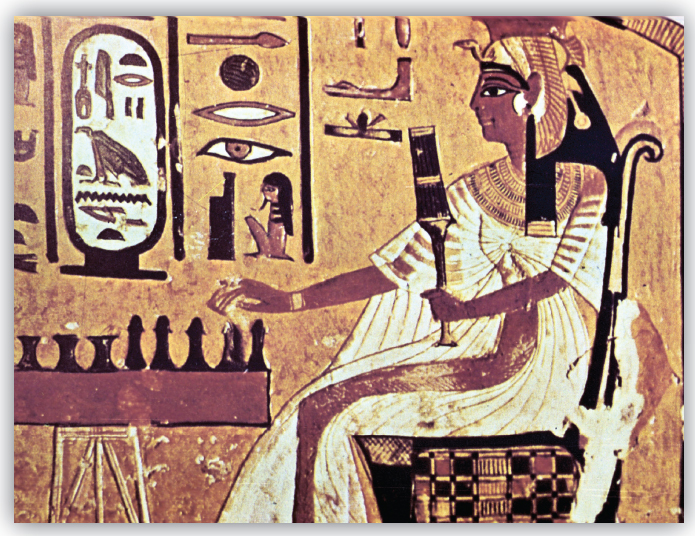 Ancient Egyptian Queen Nefertari playing senet. Other chess historians trace the games origins to chaturanga, a sixth-century strategy game played in India.
Ancient Egyptian Queen Nefertari playing senet. Other chess historians trace the games origins to chaturanga, a sixth-century strategy game played in India.
Chaturangas playing pieces and the 8 x 8 board they moved on closely resembled those employed in modern-day chess. A way in which chaturanga differed from chess, however, is that chaturanga players threw dice to advance their pieces over the board. In Sanscrit, chaturanga means of four parts and refers to the four military units that made up an army during that time: infantry, horse cavalry, elephants, and chariots. In the game, these army units were represented by the following playing pieces: infantry foot soldier (pawn), horse cavalry (knight), elephant (bishop), and chariot (rook). There were two additional playing pieces included as wellthe raja (king) and kings counsellor (ancestor of the queen)that would have utilized the four military units to conquer their opponents. The game of chaturanga also bore similarities to chess in the way the pieces moved.
For example, the king was allowed to move a single square at a time in any direction, while the horse moved the same way a knight does today. CHESS IS A SEA IN WHICH A GNAT MAY DRINK AND AN ELEPHANT MAY BATHE.Indian proverb Carved relief of Ancient Indian army
Carved relief of Ancient Indian army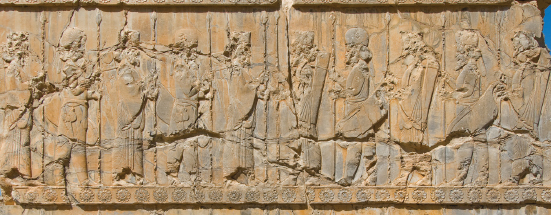 Ancient bas-relief of the Persian soldiers of Persepolis, IranIF A RULER DOES NOT UNDERSTAND CHESS, HOW CAN HE RULE OVER A KINGDOM?Persian King Khusros By the late seventh century, the Persian Empire had fallen to Muslim armies. Under Muslim rule, chess pieces became abstract to conform to religious sanctions against depicting the human image. By this time, chaturanga had spread throughout the area that is now Iran. Persian nobles renamed the game shatranj, and quickly adopted the game for their own amusement. Most chess scholars believe that the word chess is derived from shah, the Persian word for king, and that checkmate comes from the phrase shah mat, or the the king is dead.
Ancient bas-relief of the Persian soldiers of Persepolis, IranIF A RULER DOES NOT UNDERSTAND CHESS, HOW CAN HE RULE OVER A KINGDOM?Persian King Khusros By the late seventh century, the Persian Empire had fallen to Muslim armies. Under Muslim rule, chess pieces became abstract to conform to religious sanctions against depicting the human image. By this time, chaturanga had spread throughout the area that is now Iran. Persian nobles renamed the game shatranj, and quickly adopted the game for their own amusement. Most chess scholars believe that the word chess is derived from shah, the Persian word for king, and that checkmate comes from the phrase shah mat, or the the king is dead.
Persian royalty found the game to be a useful tool for educating young princes in the art of war. It was much safer to learn military strategy by playing chess than actually engaging in battle. As time went on, the game took hold among the general population. The best Persian players became the worlds first chess celebrities. Enthusiasts devoured books written by these chess masters to learn new openings and strategies. CHESS IS IN ITS ESSENCE A GAME, IN ITS FORM AN ART, AND IN ITS EXECUTION A SCIENCE.Baron Tassilo The newly expanded Muslim Empire became a multi-cultural dynasty, trading with Europe, India, China, and Africa. CHESS IS IN ITS ESSENCE A GAME, IN ITS FORM AN ART, AND IN ITS EXECUTION A SCIENCE.Baron Tassilo The newly expanded Muslim Empire became a multi-cultural dynasty, trading with Europe, India, China, and Africa.
Through contact with other cultures, the game of shatranj spread northward to Algiers, and then to Spain, and by the year 1000 CE, it had become popular throughout Europe. It is in these Western countries that chess pieces became less abstract and figurative once more. There can be no better example of the newly evolved style than the Lewis Chessmen seteach figure with its own eccentrically evocative charm. Scholars have determined that the pieces had been fashioned in Trondheim, Norway, between 1150 and 1200 CE. No one knows how the chess pieces ended up on the Isle of Lewisthe largest of the Hebrides Islands of Scotlandbut a farmer discovered them there in 1832. As the story goes, the farmer had been taking a walk through dunes along the beach when he spied the tip of a stone chest poking through the sand.
After digging it up, imagine his surprise when he beheld four sets of ivory chess pieceseach with its own somewhat sad, bewildered, or comical expression. Scholars believe that the chess sets had once been carried on a merchant ship on its regular trade route between Norway and Ireland. What happened to the ship and its cargo is anyones guess. 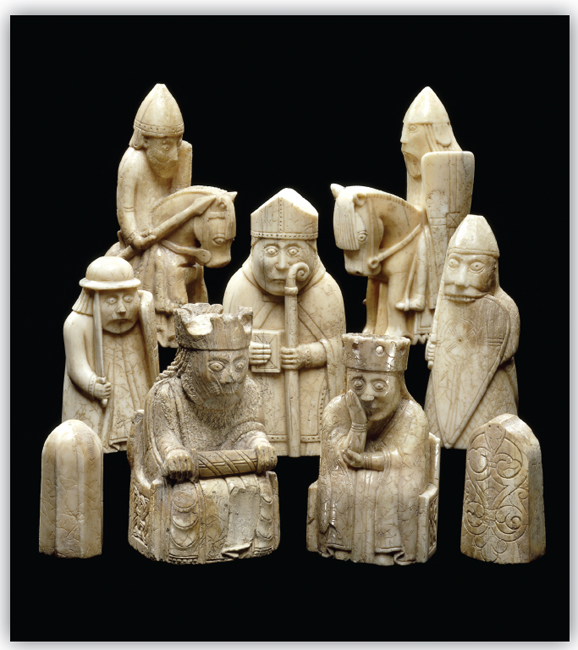


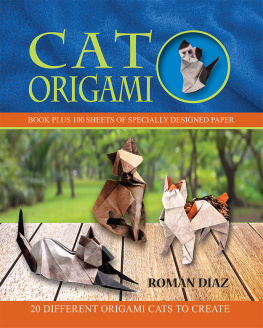

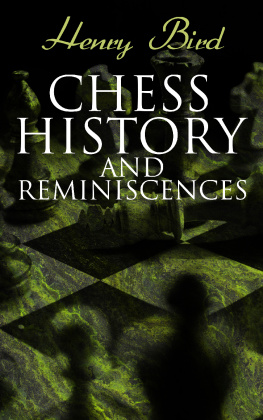

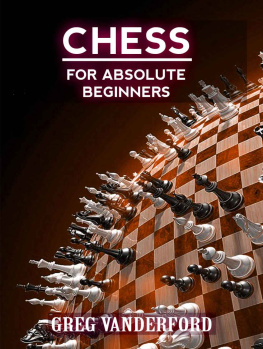
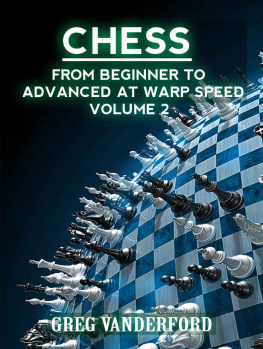
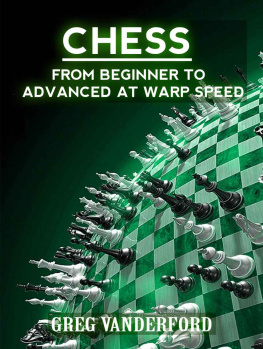
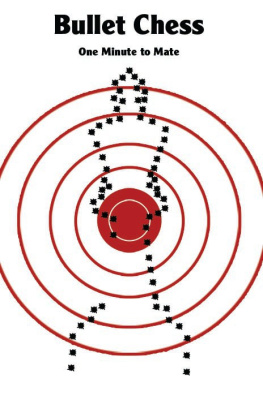
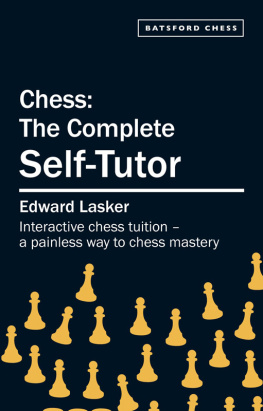

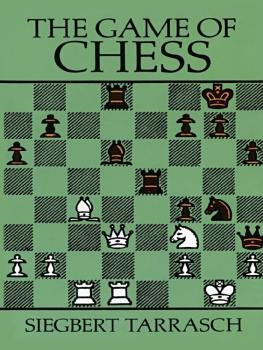

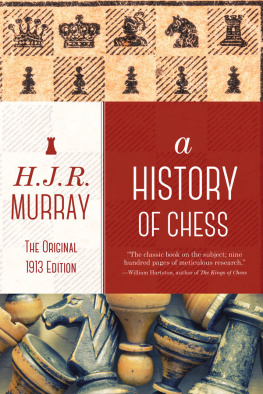
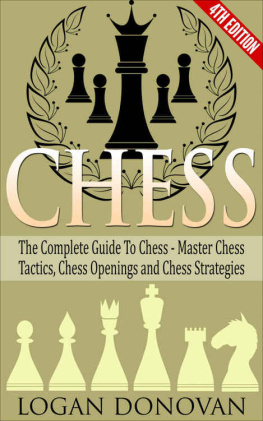

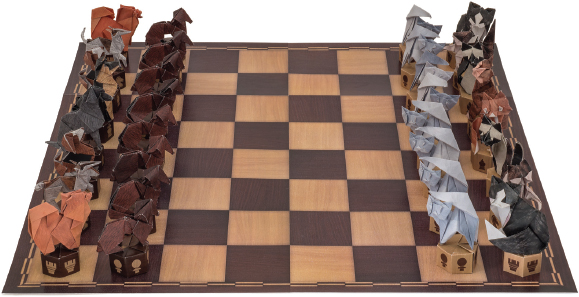


 Ancient Egyptian Queen Nefertari playing senet. Other chess historians trace the games origins to chaturanga, a sixth-century strategy game played in India.
Ancient Egyptian Queen Nefertari playing senet. Other chess historians trace the games origins to chaturanga, a sixth-century strategy game played in India. Carved relief of Ancient Indian army
Carved relief of Ancient Indian army Ancient bas-relief of the Persian soldiers of Persepolis, IranIF A RULER DOES NOT UNDERSTAND CHESS, HOW CAN HE RULE OVER A KINGDOM?Persian King Khusros By the late seventh century, the Persian Empire had fallen to Muslim armies. Under Muslim rule, chess pieces became abstract to conform to religious sanctions against depicting the human image. By this time, chaturanga had spread throughout the area that is now Iran. Persian nobles renamed the game shatranj, and quickly adopted the game for their own amusement. Most chess scholars believe that the word chess is derived from shah, the Persian word for king, and that checkmate comes from the phrase shah mat, or the the king is dead.
Ancient bas-relief of the Persian soldiers of Persepolis, IranIF A RULER DOES NOT UNDERSTAND CHESS, HOW CAN HE RULE OVER A KINGDOM?Persian King Khusros By the late seventh century, the Persian Empire had fallen to Muslim armies. Under Muslim rule, chess pieces became abstract to conform to religious sanctions against depicting the human image. By this time, chaturanga had spread throughout the area that is now Iran. Persian nobles renamed the game shatranj, and quickly adopted the game for their own amusement. Most chess scholars believe that the word chess is derived from shah, the Persian word for king, and that checkmate comes from the phrase shah mat, or the the king is dead.